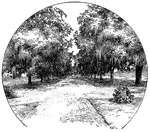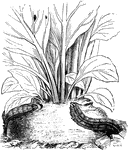
Caterpillar of Turnip Moth
Turnip moth is the common name of agrotis segetum. The caterpillars live on turnip roots, harming the…

Cross Sections of Ovary or Red Campion
A shows five carpels joined in a central mass. B shows a half grown ovary with a central mass bearing…
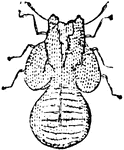
Larva of Psylla Pyrisuga
The larva of psylla pyrisuga live on pear trees and sometimes apple trees. The larvae suck the juice…

Allamanda Cathartica Variety Hendersonii
Allamanda cathartica variety hendersonii is tall, vigorous, and free flowering. The leaves are large,…
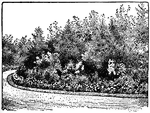
Annual Plants in Landscaping
Pictured are annuals filling the formal space between a drive and a tree group. Annuals are plants that…

Semi-Formal Garden Space
Pictured is a semi-formal garden space of annual flowers. Annuals are plants that bloom in the open…
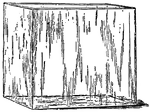
Rectangular Glass Aquarium
An aquarium is a glass tank for live fish, plants, and the like. Pictured is a rectangular glass aquarium.
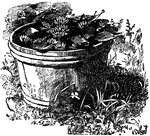
Tub of Water-Lilies
Tub culture should be resorted to only from lack of space. Moderate growers that are free-flowering…

Begonia Ingramii
The flowers of Begonia ingramii are large and rose colored. It is a free flowering plant.

Free Style of Design
Illustrated are good plant forms for the free style of design for landscape gardening.

Nephrolepis Bostoniensis
Nephrolepis bostoniensis is a free growing fern with dark green, spreading leaves. It is good as a pot…

Nephrolepis Magnifica
Nephrolepis magnifica is a free grower of open habit. The leaves are erect and fifteen inches long.

Nymphaea Tetragona
Nymphaea tetragona is a free bloomer and the smallest nymphaea in cultivation. The flowers open for…
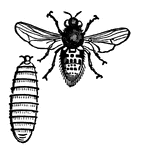
Gadfly of Sheep
The Gadfly of the sheep lays its eggs in the nostrils of the sheep. There, the maggots hatch and live…

Gladiators
This illustration shows various types of gladiators, each type with with his specific weapons attributed…
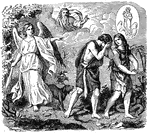
Expulsion from the Garden of Eden
"And Jehovah God made for Adam and for his wife coats of skins, and clothed them. And Jehovah God said,…
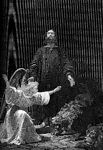
Daniel in the Lions' Den
"Then the king arose very early in the morning, and went in haste unto the den of lions. And when he…

Moses and the Serpent of Brass
"And Jehovah said unto Moses, Make thee a fiery serpent, and set it upon a standard: and it shall come…

Tobias Meets the Angel
"Then his father answered him, and said: I have a note of his hand with me, which when thou shalt shew…

Mathathias Laments the Defilement of Jerusalem
"And Mathathias said: Woe is me, wherefore was I born to see the ruin of my people, and the ruin of…

Puma
The puma, also known as the cougar, panther, or mountain lion (Felis concolor) , is a large American…
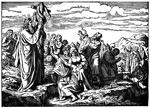
The Brazen Serpent and the Healing of the Israelites
"And Jehovah sent fiery serpents among the people, and they bit the people; and much people of Israel…
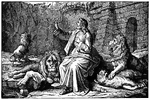
Daniel Sits Safely among the Lions in the Den
"Then the king arose very early in the morning, and went in haste unto the den of lions. And when he…
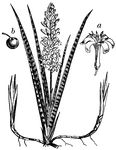
Snake Plant
Sansevieria Zeylanica is the Latin name, but this plant is also called a Mother-in-law's Tongue. "A…

Canadian Snow Shoe
"A contrivance attached to the foot to enable the wearer to walk on deep snow without sinking to the…
